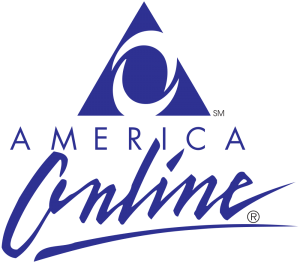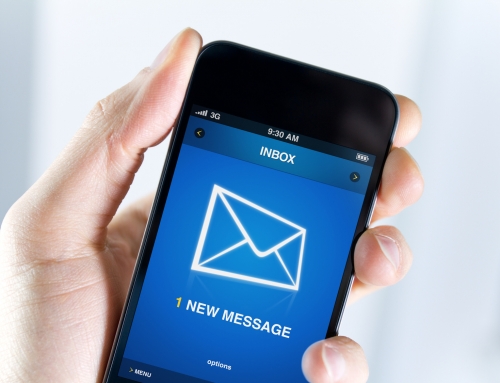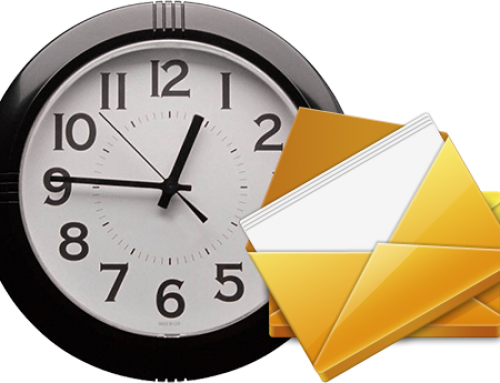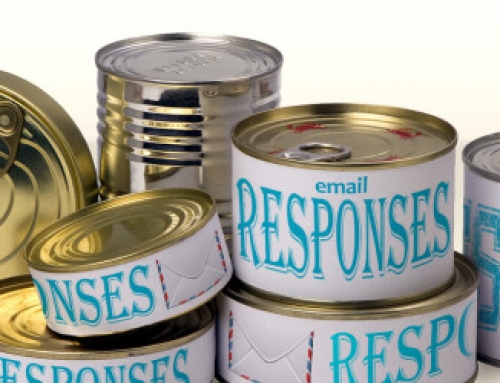How did we get here with our email overload?
If you read my last blog post here: Drowning in Email, you may have been amused by the trip back to 1980. I chose this date because it was before most people had email.
Email was actually invented back in 1971.
You can read about it here: The Man Who Made You Put Away Your Pen. AOL was the first widely-used public email platform, and many of you may still use your AOL email address. If you’re old enough to remember AOL mail, then you’re probably old enough to remember the audio notification “You’ve got mail”, and the movie of the same name. AOL launched in the early 90’s and by 2006 had nearly 50 million subscribers.
AOL’s fall from that base was rapid, with Yahoo, Hotmail, and Gmail (now the most popular) all passing them by 2010.
Email volume overtook postal mail volume by 2007.
By that time close to 100 billion emails were being sent per day, an increase of 500% in just five years, mostly due to corporate email. By 2015, that number has doubled, to nearly 200 billion emails per day. (So you’re not the only one dealing with email overload.)
You may be reading, responding to, and organizing your email on your device through dedicated email software, called an “email client” or you may be doing it through a web browser. One of the first email clients was Eudora, developed in 1988, followed by Microsoft Outlook, released as part of Microsoft Office ’97. Today, half of all email is being read on mobile devices, particularly the iPhone and iPad. On the desktop, most email is being read on mail.google.com, followed by Outlook & Apple Mail, with Yahoo mail losing steam fast.
If you find yourself accessing your Gmail mostly on your mobile device, you may want to read my post on Google’s Inbox here: How to Manage Your Gmail Inbox. And don’t miss my longer post on email management here: 4 Steps to Becoming More Responsive.
Contact me if you’d like some help with your email management.










